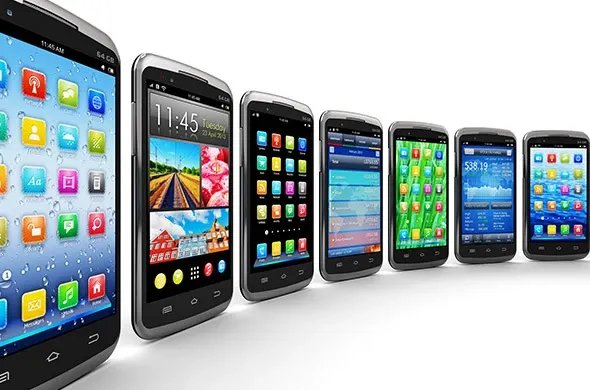Subscription Economy to Be Worth Almost $1 Trillion by 2028
A new study by Juniper Research found that by 2028, subscription economy revenue will reach $996 billion, up from $593 billion in 2024; a substantial rise of 68%.

Russia’s smartphone market continued to perform well in the last quarter of 2017 (Q4 2017), as the new iPhone models sold well. These include the 8 and 8 Plus launched at the end of September, followed by the premium X in November, according to IDC.
“This was the best quarter ever for Apple in the Russian phone market, even surpassing the blow-out quarter during the rouble crisis at the end of 2014,“ says Natalia Vinogradova, program manager for mobile devices with IDC Russia. “The new models are helping Apple approach a 20% volume share of the overall smartphone market, compared to 10% for the same period of 2016.
Although cheaper models in the Apple portfolio still account for a lot of the sales, Apple is close to capturing half the value of the total Russian smartphone market. Apple’s revenue on the Russian market reached around $2.6 billion (excluding VAT) in 2017. Second-placed Samsung posted revenue of $1.5 billion, while selling 50% more smartphones than Apple.
In volume terms, Samsung placed first on the Russian market, with Xiaomi taking second place on the back of considerable smartphone shipments for the second quarter in a row. Third-placed Huawei has seen rising unit shipments in the country, although its growth is less pronounced than that of Xiaomi. Together, the two Chinese vendors Xiaomi and Huawei now account for more than a quarter of the Android market in Russia, with combined shipments overtaking those of Samsung. They have been the main beneficiaries from the withdrawal of Lenovo, which shipped no smartphones into Russia in Q4 2017.
Thanks in part to Apple, total Russian phone market value picked up substantially in 2017, rising nearly 25% from 2016, measured in U.S. dollars, and coming close to the pre-crisis total in 2014. The rebound was especially notable as it comes against a background of continuing subdued consumer confidence, with real disposable income on a downward slope since the onset of the rouble crash at the end of 2014. Despite some appreciation in recent months, the rouble exchange rate remains well below its pre-crisis level.
The market value increase is being driven by sales of 4G devices which are more expensive than 3G devices. In the first quarter of 2016, less than 50% of the smartphones sold in Russia were LTE-capable, while in the fourth quarter of 2017, this figure had risen to more than 80%. Initially, Russia lagged behind Western European countries in the implementation of fourth-generation mobile technology, in part because of a shortage of frequency available for the new networks. Then the consumer shift to 4G devices slowed after the 2014 rouble crash.